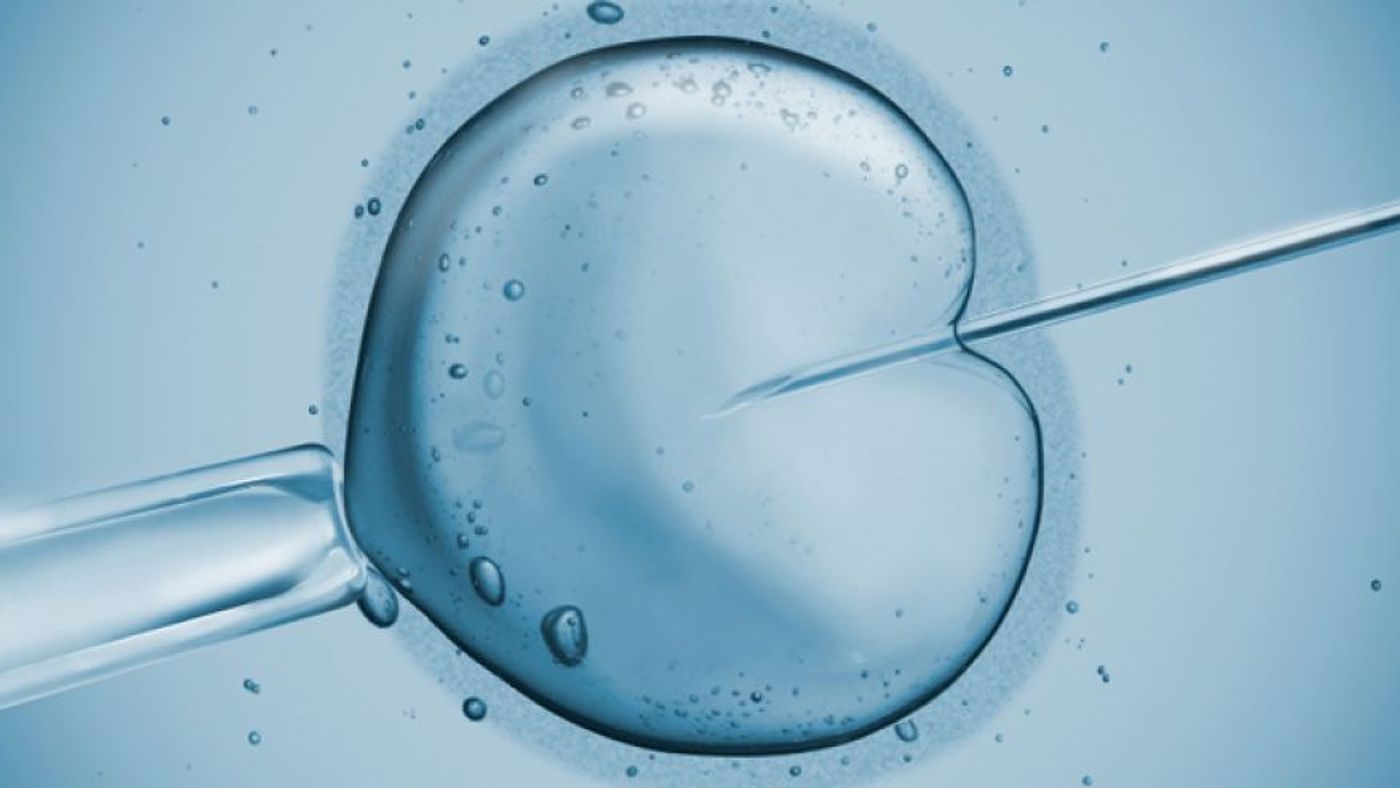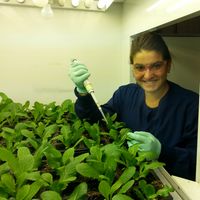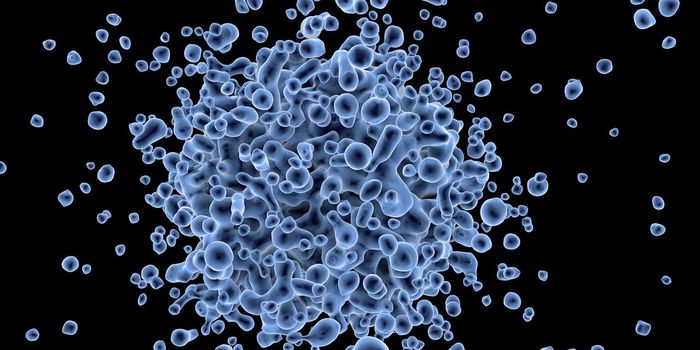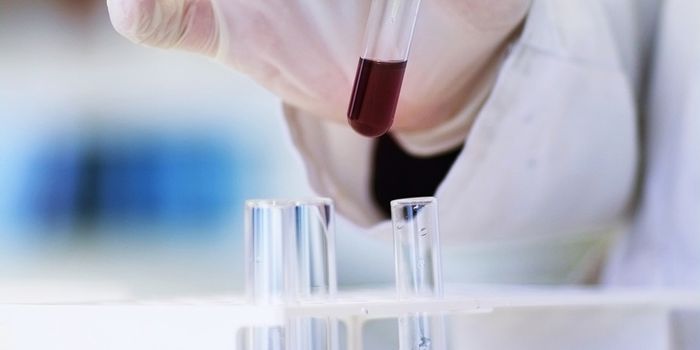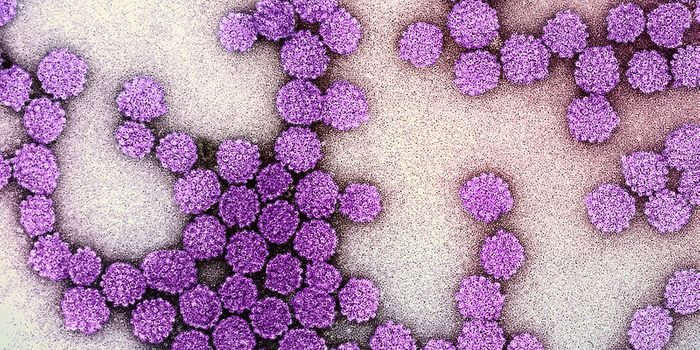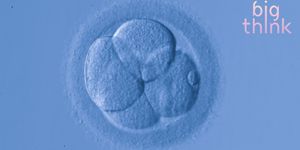The mitochondria of the cell are unusual organelles that serve as tiny little power plants that provide energy to our cells. They are surrounded by two membranes and even have their own genome. They replicate independently than the cell in which they reside. It is believed that mitochondria were once free-living prokaryotes before becoming major components of eukaryotic cells. The main function of the mitochondria is to perform cellular respiration which means it takes nutrients from the cell, breaks it down, and converts it into energy that the cell can use for various functions.
Until recently, it was believed that the only function of the mitochondria was to produce energy. A new growing body of evidence suggests that the mitochondria may also influence a wide range of other cellular processes including cell death and immunological functions. Mitochondrial DNA has also been linked to neurodegenerative conditions such as cancer and ageing.
Earlier this year use of mitochondrial replacement therapy was approved in the United Kingdom. Such therapies would allow a woman with a mitochondrial disorder to give birth to a healthy child by pairing her nuclear DNA with the healthy mitochondria from a donor’s egg. At first the scientific community celebrated this decision, while others warned that the consequences of such therapies are still not known. Scientists have found that the mitochondria may play a significant role in other cellular functions including metabolism, which could have potentially significant effects in the event of mitochondrial replacement.
Researchers have found through experiments using fruit flies that mitochondrial DNA can interact with nuclear DNA which affects a variety of traits including lifespan, reproductive success, rate of development, ageing, growth, movement, morphology and behavior. Similar results were also observed in mice. Due to obvious ethical reasons, these mitochondrial studies have not been performed in humans however; biologists are concerned that mitochondrial replacement therapy may somehow disrupt the communication between the mitochondrial genome and the nuclear genome. It is predicted that these effects may not be dramatic and may not even be seen in children whose mothers had mitochondrial replacement therapy until years after birth.
Some scientists argue that the evidence supporting the risk for mitochondrial replacement therapy stems from studies using highly inbred strains of fruit flies and mice which would increase the genetic differences producing greater effects when mitochondria were mismatched. They argued that these studies would have little implications for effects in the human population. While the scientific community agrees that there may be some risk in use of mitochondrial replacement therapy, it is also agreed that much more research needs to be done. The hope is that female sufferers of mitochondrial disease can have unaffected children. Only time will tell.
Sources:
Nature
